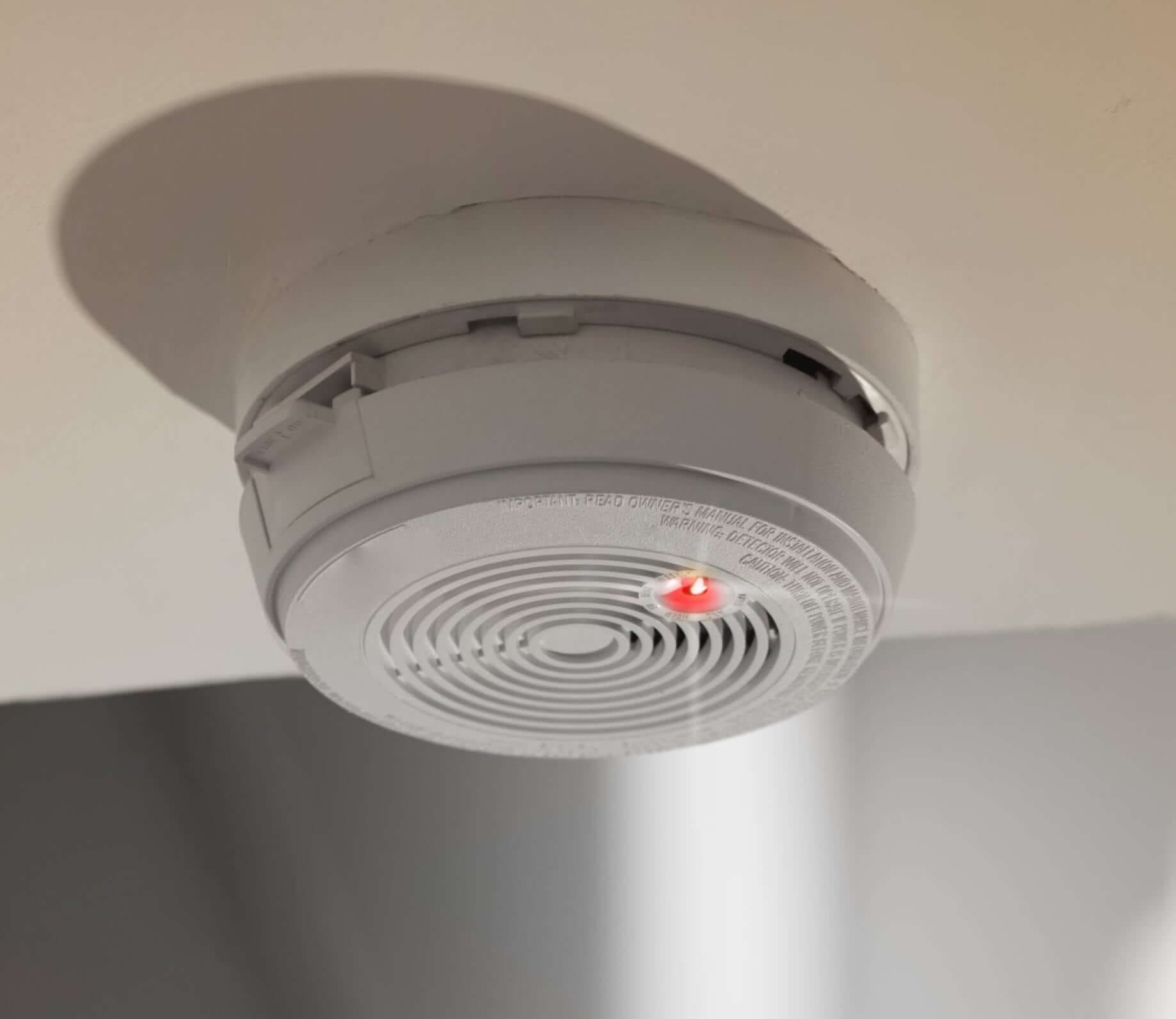
Introduction to the True Cost of Dealing with HMO False Alarms
For the fire service, nothing is costlier than HMO false alarms.
It costs them time to reach the supposed fire, only to find their journey has been a wasted one.
Whilst attending a false alarm, a fire brigade could have been putting their resources to work in other places where they might have been needed.
At the same time, false alarms also cost the fire service money.
With a raft of emergency services – the fire service not least among them – seeing cuts and having to make difficult budget choices, false alarms stretch already taxed resources.
False alarms are one of the main reasons that many fire services don’t tend to like flat-specific fire detection in HMOs and often prefer options that operate in common areas, corridors and stairwells.

HMO False Alarms – The Numbers
With recent news like the Grenfell Tower fire seeing extensive coverage, it is understandable that some people living in high-rise and HMO buildings might be more aware of fire-related concerns and, thus, more likely to signal the alarm if they believe there to be a fire on the premises.
But government-published statistics show that incidents of fire in high-rise buildings are actually very low.
In 2016/17, the fire service in England attended 30, 296 dwelling fires and only 6-percent of these were in purpose-built medium-rise flats (buildings 4-9 storeys high).
Just 2% were in high-rise flats (10 storeys or higher).
Since the 2009/10 period, there has actually been a 43% decrease in fires in high-rise, purpose-built flats – something that suggests that most landlords take their fire safety seriously in HMO buildings.
The government figures around all types of including HMO false alarms, however, are not so great.
Of the 559,000 incidents, the fire service attended in 2016/17 a full 224,000 or 40% were false alarms.
This means that nearly half the time the fire service attends a scene, they actually were not needed.
Of course, they provide reassurance for tenants and landlords who may be concerned – albeit mistakenly – that there is a fire.
But this level of false alarms is simply no good for the fire service’s budget and resources.
HMO False Alarms – The Potential Costs
It is not just the fire service who can lose out because of a false alarm, as landlords of a HMO that suffers repeat false alarms can also see the costs.
In cases of repeat false alarms, the fire service may choose to levy future charges for attendance against the landlord of a property.
This is an extreme option, but it does happen.
The logic is that the fire service has no way of knowing if a fire alert at a property where multiple false alarms have originated is genuine, and so they must attend regardless.
However, they also need to recoup the money lost from their budget and so may begin charging you for future attendances.
At the same time, you could also see very real rises in your insurance premiums.
With these costs in mind, it pays to ensure that HMO false alarms are kept to an absolute minimum.

HMO False Alarms – Know Your Responsibilities
When it comes to false alarms for a fire, the general rule is that equipment doesn’t sound false alarms, people do.
This is important to bear in mind when considering the fire alarm system for your HMO property.
The set-up you choose needs to be robust enough and provide enough coverage to meet legal standards and in order to do this you need to perform a thorough fire risk assessment.
HMOs must abide by specific guidelines when it comes to fire safety, with specific HMO fire safety guidelines set out for different areas.
The government provides specific guidance for conducting a fire risk assessment for an HMO, which covers everything you need to know to go about ensuring a safe, well-protected living environment for tenants.
If you require deeper insight into the acts and regulations around HMOs, you might consider reading the Housing Act 2004.
If that’s a little long for you, Firesafe.org has created a handy flowchart to help you navigate the different parts of the act that apply to HMOs.
This information should help you to decide what type of fire alarm system you need for your HMO property and how to design it to minimise HMO false alarms.
HMO False Alarms – Your Alarm Options
When choosing an alarm system for your HMO property, there are various options to consider.
As an HMO landlord, you are responsible for the fire safety of common areas like kitchens, bathrooms, hallways and stairwells.
But it also depends on the size of the HMO itself.
An HMO that is one or two storeys high must have a mains-powered, interconnected smoke and CO alarm system in areas that are deemed as ‘high risk’.
In most HMOs this will mean the kitchen, as this is the source of most dwelling fire.
For an HMO that is three storeys or more, the guidance simply calls for an ‘appropriate’ fire alarm system, which must be connected to an accessible, central panel – with CO alarms still mandatory in high risk areas.
Many HMOs now use a ‘hush button’ system. In this set up, each flat has fire and CO detectors, with the tenant having the ability to turn off or ‘hush’ the alarm if it has alerted due to something innocuous like burned food.
This means the whole floor or flat is not disturbed due to a simple mistake and tenants know they have the protection they need in case a real fire should occur.
In order to find the best system for your HMO, consider hiring a fire risk assessor, who can help you define the system that meets your needs and legal requirements.



